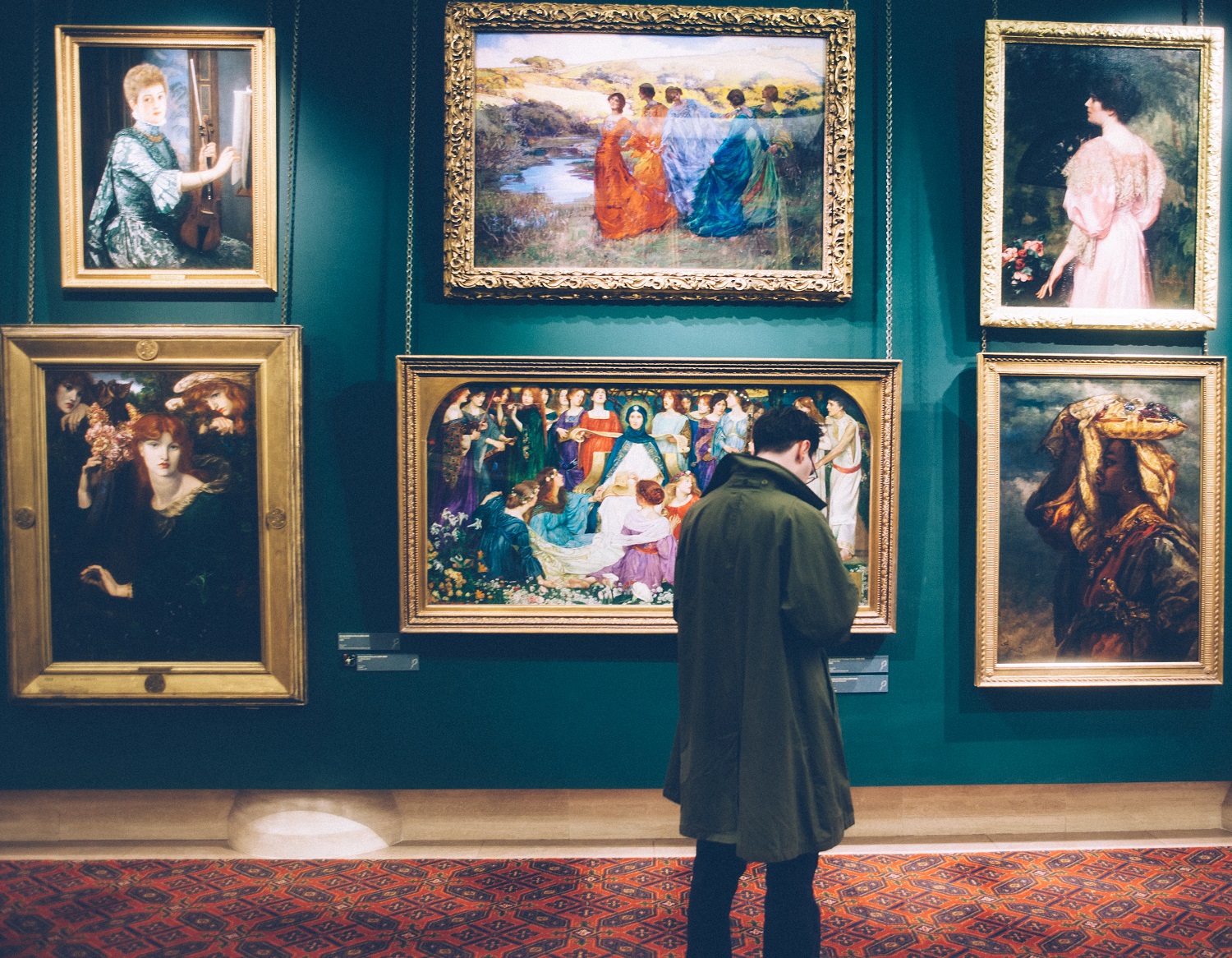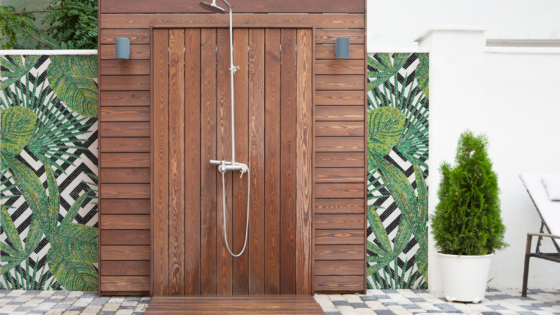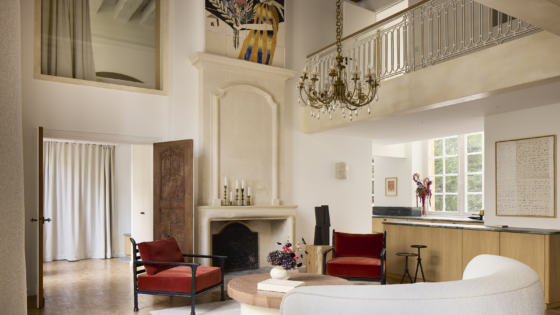Some of the world’s best hotels double as art galleries. Mapplethorpes, Dalis and Warhols are peering down at guests as they check in. In some cases, owning major artworks is a status symbol: a sign of wealth. But hotels increasingly have a interest in visual art because it suggests a much-craved link with the local community, and exhibits a keenness for culture.
Guests are increasingly craving personalised travel experiences. So incorporating visual art into a hotel’s interior design has become an obvious route to market. The new unstoppable trend.
Art splurges personality, but the first step is never to rush into anything, says Fresssh Image architect and interior designer Giada Schioppa. “I always prefer to be surprised by an original by an unknown artist than see a print of Manet’s Déjeuner sur L’Herbe, or the Mona Lisa!,” she confesses.
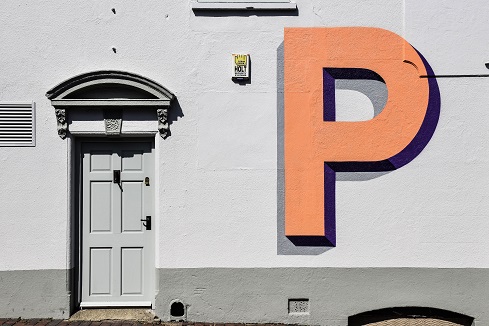
It’s true that an influx of hotels using art as a commodity has led to decrease in quality. “In the last 10 years art as a trend has become quite common,” adds Giada. “From boutique hotels to bigger international chains, every brand is trying to differentiate their style to ensure their guests feel as though they’re in a truly unique place”.
But when done well, art has no better home. “Visual art in hotels and public spaces influences visitor’s first impressions, and sets the tone,” comments Hallam Smith of innovative light specialists, Pulsar Light.
The trend for personalisation, authenticity and ‘unique’ travel experiences has been helmed by boutique giants Airbnb. Now that staying in a stranger’s house and routing through their possessions has become the new travel must-have experience, hotels must follow suit.
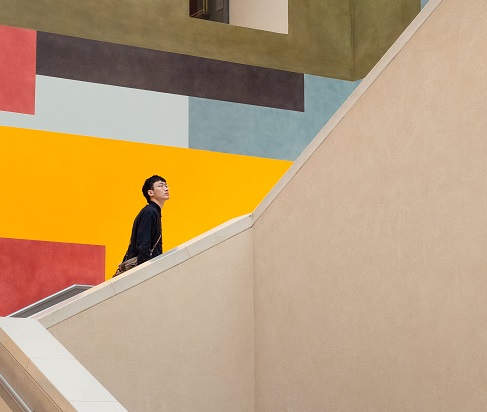
Demands for rich, authentic experiences are felt not only by hotel guests but by hotel suppliers. “Sensitive deployment of artwork pieces within a hotel environment enriches the guest’s experience by providing emotional resonance, a sense of individualism and personality,” chimes Richard McCready-Hughes, creative director of the Goddard Littlefair interior design group.
Patrick McCrae, CEO of ARTIQ agrees. “Travelers today are looking to immerse themselves in local culture, meet people and learn about the societies they’re visiting. People are increasingly seeking an authentic connection to the places they visit. By having an art collection and an engagement programme, a lot of our hotel clients are helping facilitate that through art”.

Patrick McCrae, CEO of ARTIQ
Patrick surmises that art is only one part of a wide push for authenticity. “This long-term trend sits alongside the desire for people to shop with local small businesses, drink local wine and eat local food. It’s about real, individual and meaningful interactions,” he suggests.
For the hotels themselves, hanging visual art, and incorporating it into a hotel’s interior design, is a tremendously validating experience, and adds a generous dollop of clout. “Hotels understand that what graces their walls is something that can stand them apart from their competitors,” says Lydia Cowpertwait, curator at Dais Contemporary art consultancy.

“Originally hotels would purchase artworks from manufacturing companies who would produce artwork en masse. Now, hotel owners are being more discerning about what goes onto their walls”.
“A particularly effective idea is to refresh artwork every couple of months and ask local artists to exhibit their work,” muses Giada Schioppa. “Of course, there are some risks in doing that, as the brand could lose its consistency of style, but most of the time it satisfies the most curious of guests”.

Simon Willis, brand director of Principal
“If ever a hotel showed how to use art to create a point of view it was the original Morgans Hotel in New York,” says Simon Willis, brand director of Principal hotels. “As you walked into one of Andree Putman’s pristine rooms you heart would leap to see an original Mapplethorpe on the wall – it got me every time, the hotel’s closure last year made my heart weep”.
“Closer to home and personal experience, at the Great Eastern Hotel in London we partnered with the Whitechapel Art Gallery to curate the art that hung in the lobby, while Franko B’s three and a half metre long neon sign above the front desk, ‘You make my heart go boom boom’, would lift the spirits of the weariest traveller”.
Lydia, of Dais Contemporary who procure, commission and curate contemporary art for corporate, private and public spaces, including hotels, concludes: “Hotel owners are now realising that the artwork they purchase for their properties is as big a statement about their brand as any other interior choice for their properties”.

